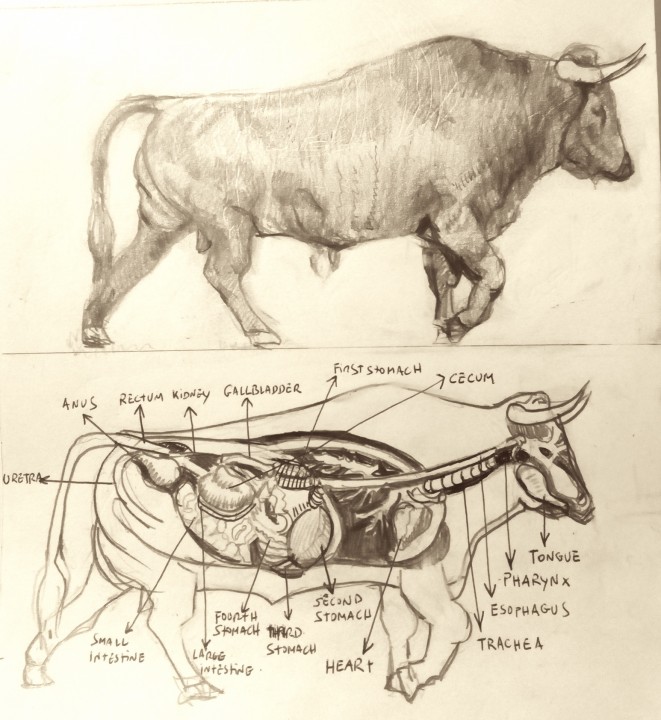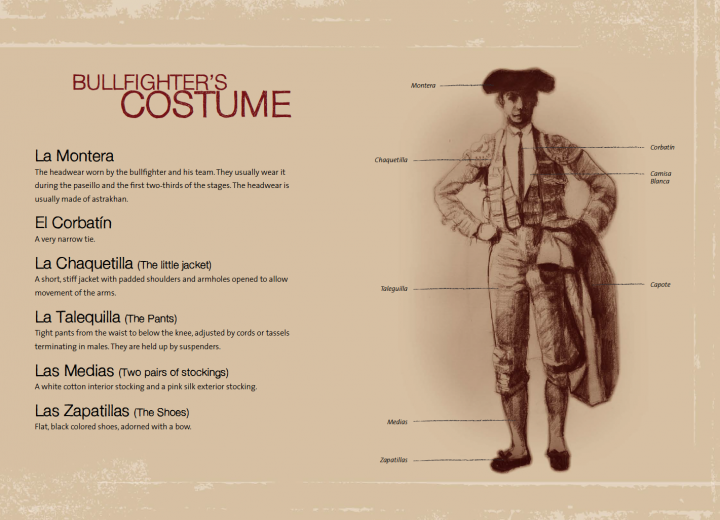The members of the matador’s team and the matador face the bull with the CAPOTE at the begining of the bullfight
In the first two stages of the bullfight, the cape is used to “situar en suerte”, in
other words, to take the bull to an ideal spot to be jabbed by the Picador and to be
stabbed in the neck with the “Banderillas”. But the bullfighter also uses the cape
artistically. There is a wide range of ways of using the cape.
The Capote is a piece of cloth 113 or 123 cm long and weighing 4 or 6 kg.
In the early days of bullfighting the knights went out on horse back and their assistants on foot dressed in cape and they used them in their fight with the bull. Over the years this Capa was replaced by the Capote, which was red and made of wool. Currently it is pink ahead and yellow, green, blue or purple behind, according to the preference of the bullfighter. Nowadays the Capote is made of synthetic material (nylon) or silk to prevent the horn from engaging the cloth and it is treated with chemicals to keep it from penetrating the animal’s blood and to give it weight and stiffness.
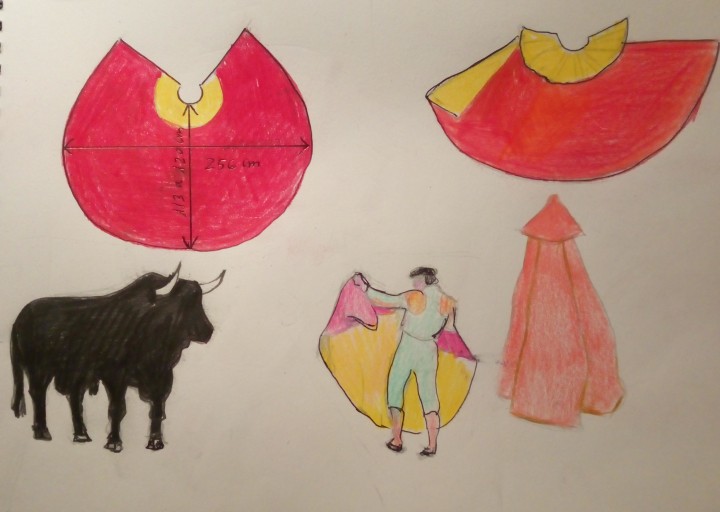
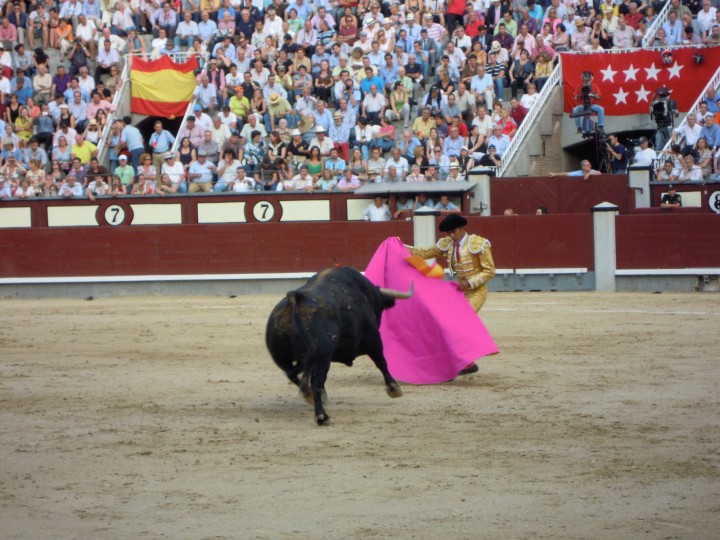
Archivo por meses: febrero 2017
IVAN FANDIÑO
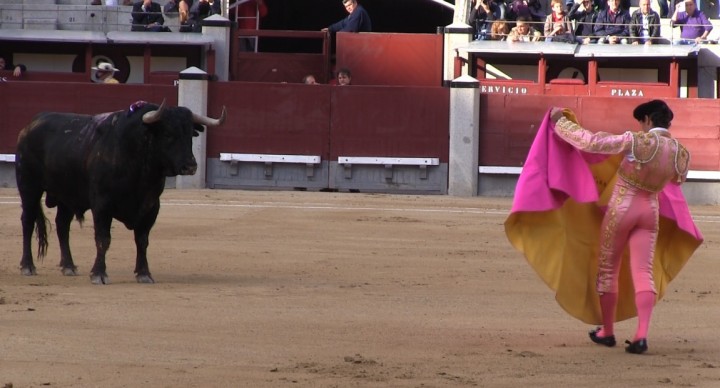 On April 9th 2017 six bulls from Victorino Martin will be fight by Ivan Fandiño, Alberto Aguilar and Gomez del Pilar in Madrid.
On April 9th 2017 six bulls from Victorino Martin will be fight by Ivan Fandiño, Alberto Aguilar and Gomez del Pilar in Madrid.
Iván Fandiño Barros , born in Orduña in 1980, obtained the standing of Matador de Toros on August 2005. Since 2013 belongs to the elite of bullfighters. In 2011 he fought in Madrid four times. In 2013 Fandiño was awarded by The Spanish National Radio as the most outstanging bullfighter of the year, He was seriously injured by a bull from Parlade in Madrid in the same year. His team is composed by three banderilleros: Victor Manuel Martinez, Roberto Martin Jarocho and Diego Ramón Jimenez; ThreePicadores: Victor Manuel Martinez, Rafael Agudo and Juan Melgar. His Manager ( Apoderado) is Nestor García. His oficial web-site is http://www.ivanfandino.net. Upcoming bullfights in which he will participate:
On February 25th 2017 : Festival with Picadores in Ciudad Rodrigo (Salamanca) fighting bulls from Juan Manuel Criado and Encinagrande with El Cid, Juan Del Alamo and Toñete
On April 1st 2017: Corrida de Toros in Guadalajara fighting bulls from Jose Luis Pereda- La Dehesilla with Paquirri and Miguel Angel Perera.
THE “MONTERA”
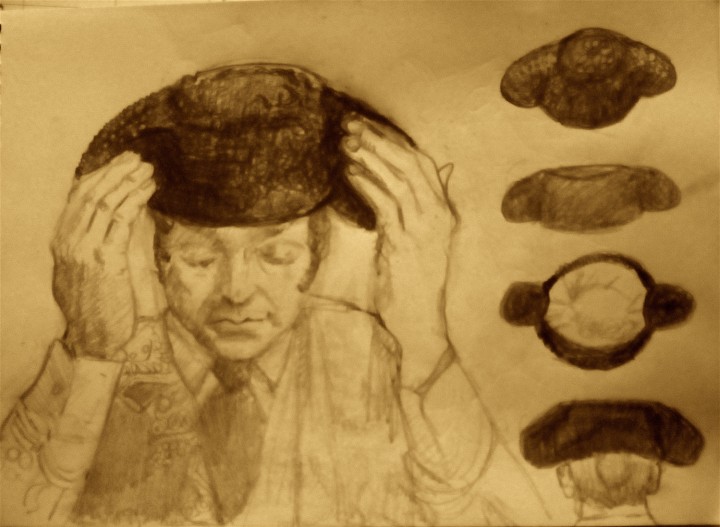 The Montera is the element with which the bullfighters cover their heads during the first two thirds of the bullfight. Just before taking the cape and starting the fight, the bullfighter gives the Montera to the person to whom he wants to offer the bull’s death. If he offers it to the public he will throw the Montera to the arena, usually backwards, and if there is no offering he will be picked up by one of his assistants.
The Montera is the element with which the bullfighters cover their heads during the first two thirds of the bullfight. Just before taking the cape and starting the fight, the bullfighter gives the Montera to the person to whom he wants to offer the bull’s death. If he offers it to the public he will throw the Montera to the arena, usually backwards, and if there is no offering he will be picked up by one of his assistants.
The Montera was introduced by Francisco Montes (Paquiro) around 1835.
An interesting theory about the origin of the Montera is that it had a double essential function: Firstly, to emphasize the feminine aspects of the bullfighter in the first part of his fight. Therefore the Montera would be a sort of wig to highlight the femininity and delicacy of the human fighter. And secondly, it was a kind of disguise by which the bullfighter identifies himself with the bull. Nowadays the Monteras are usually made of astrakhan, but they were formerly made of black lambskin. At the time of the opening of the gate, the bullfighters seem to be an emerging human cattle and, when they walk in the arena during the opening procession ( El Paseillo) they look like a herd.
ANATOMY OF THE FIGHTING BULL
BULLFIGHTER’S COSTUME
THE FIGHTING BULL

The fighting bull is a special breed very different from the domestic bull. Hemingway described clearly technical details of the physiology and behavior of fighting bulls . Once again he demonstrates his broad and deep knowledge of bullfighting. His book “Death In The Afternoon” is highly recommended for those who are going to attend a bullfight for the first time, but also for anyone who has already attended some of them, in order to deepen and better understand the world of bullfighting. Few writers have so thoroughly written about bullfights as Hemingway wrote
“The fighting bull is to the domestic bull as the wolf is to the dog. A domestic bull may be evil tempered and vicious as a dog may be mean and dangerous, but he will never have the speed, the quality of muscle and sinew and the peculiar build of the fighting bull any more than the dog will have the sinews of the wolf, his cunning and his width of jaw. Bulls for the ring are wild animals. They are bred from strain that comes down in direct descent from the wild bulls that ranged over the Peninsula and they are bred on ranches with thousands of acres of range where they live as free ranging animals. The contacts with men of the bulls that are to appear in the ring are held to the absolute minimum.
The physical characteristics of the fighting bull are its thick and very strong hide with glossy pelt, small head, but wide forehead; strength and shape of horns, which curve forward; short, thick neck with the great hump of muscle which erects when the bull is angry; wide shoulders, very small hooves and length and slenderness of tail. The female of the fighting bull is not as heavily built as the male; has a smaller head; shorter and thinner horns; a longer neck, a less pronounced dewlap under the jaw; is not as wide through the chest, and has no visible udder. I have frequently seen these cows in the ring in the amateur fights in Pamplona charging like bulls, tossing the amateurs about and they were invariably spoken of by the visiting foreigners as steers, since they showed no visible signs of their cowhood and gave no evidence of femininity. It is in the female of the fighting bull that you see most plainly the difference between the savage and domestic animal.
One of the things one hears oftenest about bullfighting is the statement that a cow is much more dangerous when charging than a bull as the bull shuts his eyes while a cow keeps hers open. I do not know who started this, but there is no truth in it. The females that are used in amateur fights almost invariably make for the man rather than the cape, cut in on him rather than charge straight and will often single out one particular man or boy and pursue him through a crowd of half a hundred, but they do this not because of any innate superior intelligence in the female, as Virginia Woolf might suppose, but because female calves, since they are never to appear in the ring in normal fights and since there is no objection to their becoming completely educated in all the phases of bullfighting, are used exclusively for the bullfighters to train on with cape and muleta. Either a bull calf or a cow calf, if passed a few times with cape or muleta, learns all about it, remembers, and, if it is a bull, becomes consequently useless for a formal bullfight where everything is built on the basis of this being the bull’s first encounter with a dismounted man. If the bull is unfamiliar with cape or muleta and charges straight, the man can create the danger himself by working as close to the bull’s charge as possible and will be able to attempt a variety of passes, selecting them himself and arranging them in an emotional sequence rather than being forced into them as defensive measures. If the bull has been fought before, he will cut in constantly on the man, will chop with his horns into the cloth looking for the man, and will create all the danger himself, putting the man constantly in retreat and on the defensive and making any clarity of passes or brilliance of fight impossible.
The bullfight has been so developed and organized that the bull has just time enough, coming into the ring completely unfamiliar with dismounted men, to learn to distrust all their artifices and reach the summit of his danger at the moment of killing. The bull learns so rapidly in the ring that if the bullfight drags, is badly done, or is prolonged an extra ten minutes he becomes almost unkillable by the means prescribed in the rules of the spectacle. It is for this reason that bullfighters always practice and train with female calves which, after a few sessions, become so educated, the fighters say, that they can talk Greek and Latin. After this education, they are released in the ring for the amateurs; sometimes with naked horns, sometimes with the points covered with a leather ball, they come in as fast and lithe as deer to practice on the amateur capemen and aspirant bullfighters of all sorts in the capeas; to toss, rip, gore, pursue and inspire with terror these amateurs until, when the vacas tire, steers are let into the ring to take them out to rest in the corrals until their next appearance. The fighting cows, or vaquillas, seem to enjoy these appearances. They are not goaded, no divisa is placed in their shoulders, they are not irritated to make them charge and they seem to enjoy charging and tossing as much as a fighting cock does fighting. Of course they receive no punishment while the bull’s bravery is judged by the manner in which he behaves under punishment.
The manoeuvring of fighting bulls is made possible by the operation of the herd instinct which makes it possible to drive bulls in groups of six or more where one bull, if detached from the herd, will charge instantly and repeatedly anything, man, horse, or any moving object, vehicle or otherwise, until he is killed; and by the use of trained steers or cabestros to herd and decoy the fighting bulls as wild elephants are caught and herded by elephants which have been tamed. It is one of the most interesting of all phases of bullfighting to see the steers work in the operations of loading, separating, putting the bulls into the runways that lead to the shipping cages and in all the many operations connected with the raising, transporting and unloading of fighting bulls.”
Ernst Hemingway, “Death In The Afternoon”
THE TROPHIES
Once the bull is dead, the audience, by applause and whistles,
judges the matador´s performance and, as such, influences the
final ruling from the president.
Two ears and tail
This is the highest trophy awarded in bullfighting in the
category of first class. The president must take out the white
kerchief three times before the bull is dragged away.
Two ears
The trophies that ensure that the bullfighter will be carried on
the public´s shoulders through the main door of the bullring.
The president must take out the white kerchief three times
before the bull is dragged away.
One ear
The audience decides if the bullfighter deserves the prize. The
president must grant the bull´s ear to the bullfighter if the
majority of the audience shows their white kerchief.
Greeting
This is the consolation prize given, when despite the
bullfighter´s best efforts, things don´t come out the way he
had intends.
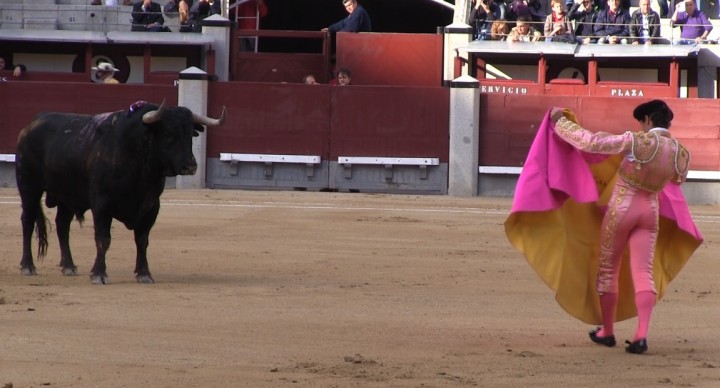
The Opera Carmen And Bullfighting
First peformed on March 3rd , 1875,“Carmen” is the only popular opera that prominently features bullfighting. The opera’s “Toreador Song,” describes a bullfight, and the opera’s final scene opens with the procession of picadores, banderilleros, and finally the matador (Escamillo) into the arena.
Carmen is an opera in 4 acts composed by Georges Bizet between 1873 and 1875 , written by Heri Meilhac and Ludovic Halévy and based on the novel “Carmen” by Prosper Mérimée. Nowadays Carmen is one of the most popular and frequently perfomed operas.
The action set in southern Spain and tells the story of Don José , a soldier seduced by the gypsy Carmen. When he deserts from his military duties , he found out that Carmen loves Escamillo, a famous bullfighter.. Desperate, in a fit of jealousy José Kills Escamillo
This is a Litograph of the Carmen’s premier perfomance by Pierre Auguste Lamy (1875)
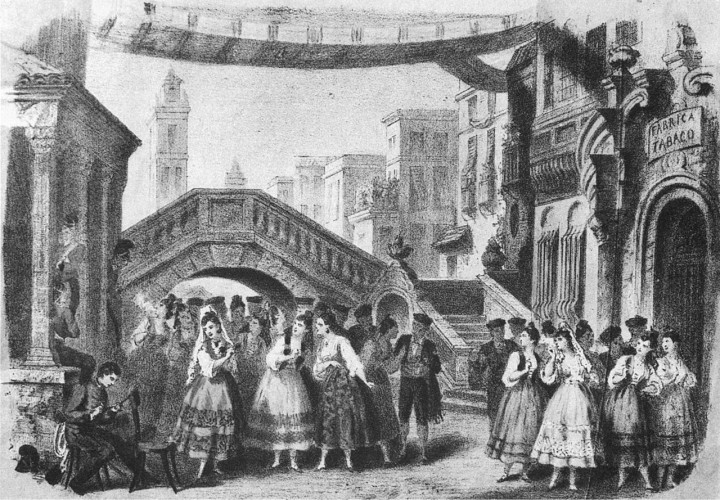
“Fiesta Nacional” By Manuel Machado
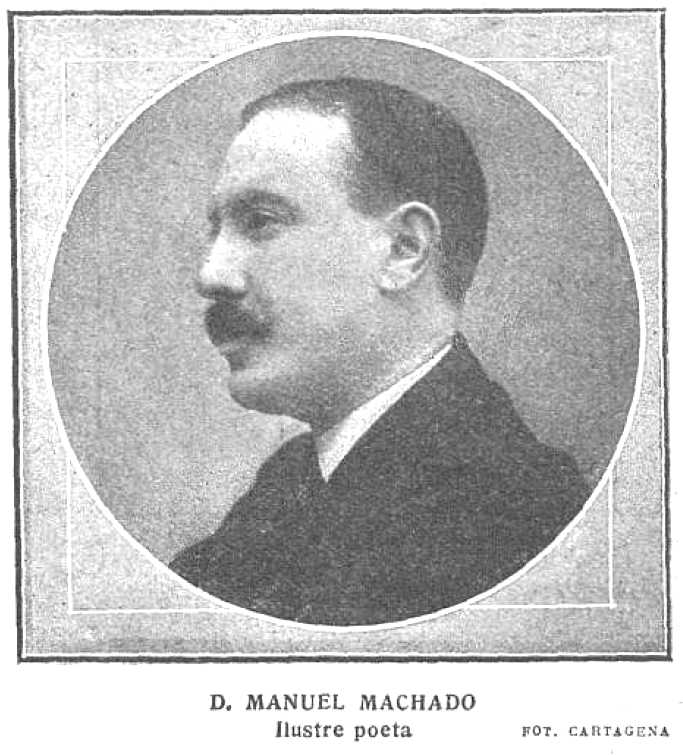 Manuel Machado Ruiz , born in Sevilla on August 29th and dead in Madrid on January 19th, was an important spanish poet and playwright, and brother of the famoes poet Antonio Machado. He studied at the Institución Libre de Enseñanza of Madrid, run by his grandfather’s friend Giner De Los Rios. Afterwards he studied Philosofy at the University of Sevilla and In 1902 Manuel published “Alma” , his first book.
Manuel Machado Ruiz , born in Sevilla on August 29th and dead in Madrid on January 19th, was an important spanish poet and playwright, and brother of the famoes poet Antonio Machado. He studied at the Institución Libre de Enseñanza of Madrid, run by his grandfather’s friend Giner De Los Rios. Afterwards he studied Philosofy at the University of Sevilla and In 1902 Manuel published “Alma” , his first book.
In 1906 Manuel Machado wrote “Fiesta Nacional”, one of the most beautiful poems about bullfighting:
Una nota de clarín
desgarrada,
penetrante,
rompe el aire con vibrante
puñalada.
Ronco toque de timbal.
Salta el toro
en la arena. Bufa, ruge…
Roto cruje
un capote de percal…
Acomete rebramando,
derribando
a caballo y caballero.
Da principio
el primero
espectáculo español.
La hermosa fiesta bravía
de terror y de alegría
de este viejo pueblo fiero…
Oro, seda, sangre y sol.
Goya And The Stage of Varas
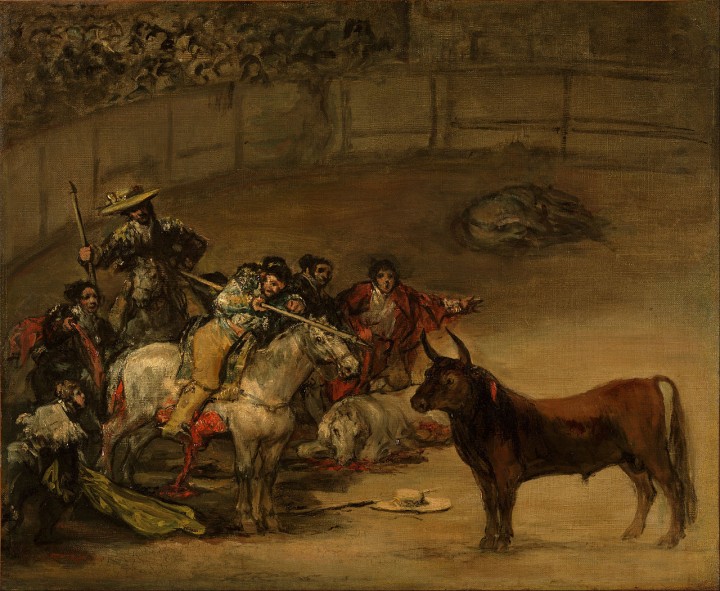 Goya produced many images of bullfights. He painted this canvas in 1824 when he was 78 years old when he was living in France. It is an oil on Canvas, 49,80 x 70,80 cm. The bull is ready for charge against the Picador. In background there is dead horse riminding us that at the time horses faced the bull without protective shells.
Goya produced many images of bullfights. He painted this canvas in 1824 when he was 78 years old when he was living in France. It is an oil on Canvas, 49,80 x 70,80 cm. The bull is ready for charge against the Picador. In background there is dead horse riminding us that at the time horses faced the bull without protective shells.
In 1816 Francisco de Goya published Tauromaquia, 33 engravings about bullfighting. They represents teh evolution of bullfighting from its origin to the begining of the XIX century and ilustrates huge achievements of famous bullfighters as Pedro Romero, Ceballos and Pepe Illo.
Francisco de Goya y Lucientes was born in Fuentetodos, a town in the province of Zaragoza on March 30th 1746. Between 1767 and 1771 travelled to France and Italy and afterwads started to make the first engravings inspirede by some paintings by Velazquez.
In 1785 Goya became director of the de Department of painting at the San Fernando’s Academy and in 1786 official spanish king’s painter.
In 1792 he became deaf and started to have hallucinations and extrange visions. Nonetheless he painted the dome of the real Chapel of San Antonio De La Florida in Madrid and a year after he made de egranving’s collection “Los Caprichos”.
Goya was shocked by the terrible Napoleonic invasion in 1808 by which he was inspired to paint “ Los fusilamientos del 3 de Mayo” and La Carga de los Mamelucos” and to print “Los Desastres De La Guerra”. In 1824 he went to Burdeos and printed the series of 4 lithographies “ Los Toros de Burdeos”. On April 16th 1826 he died in Burdeos at the age of 82

